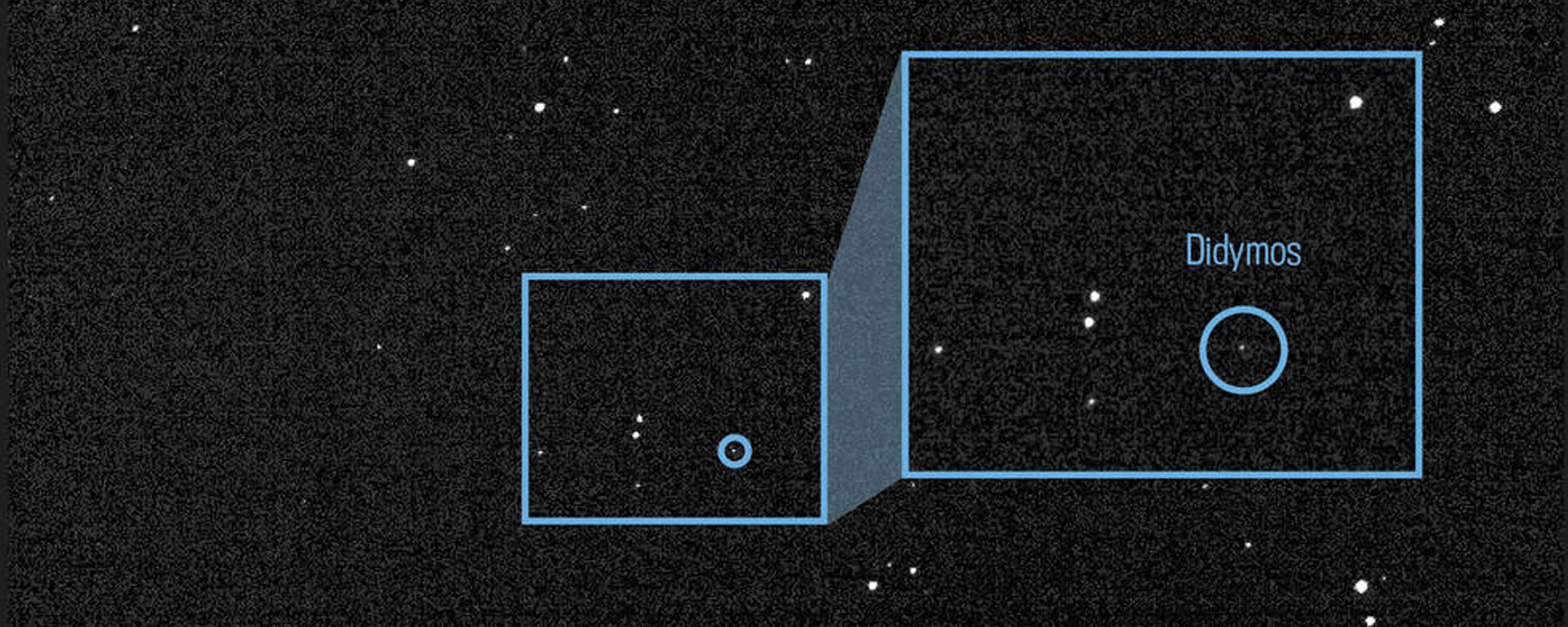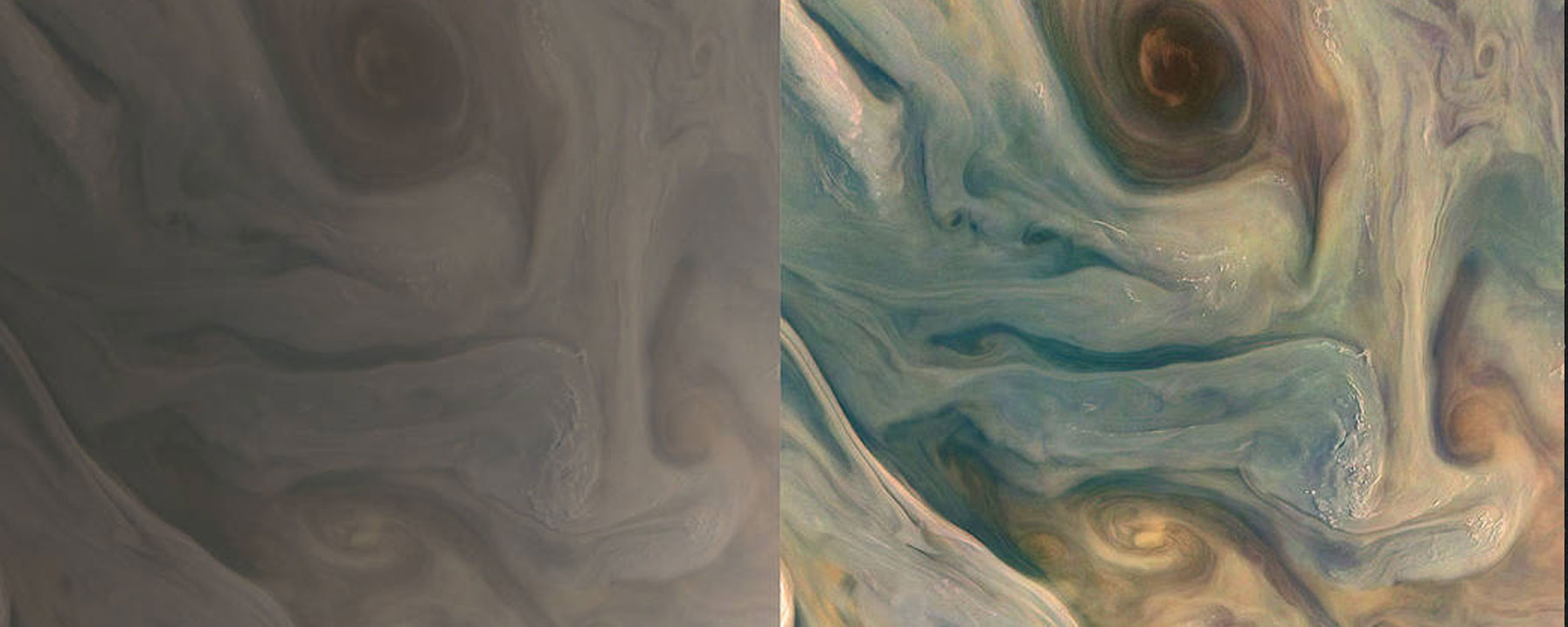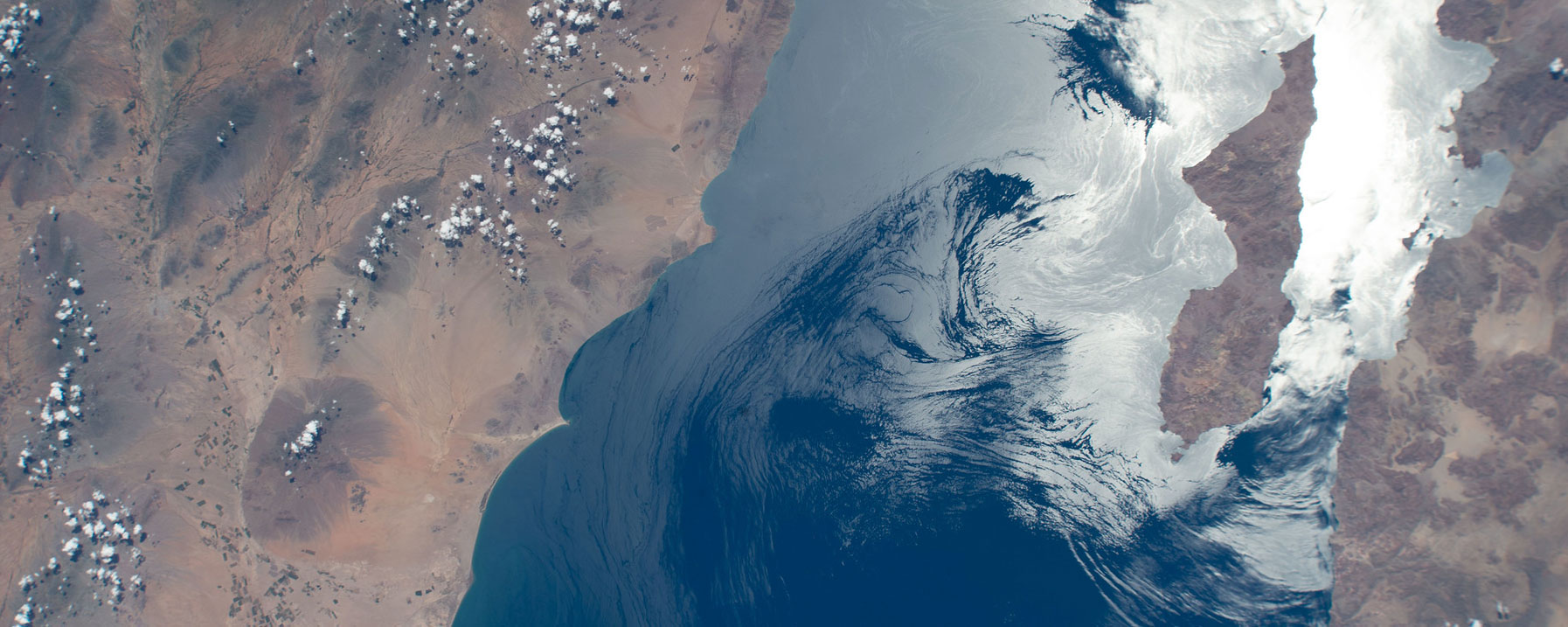Week of September 5 – September 9
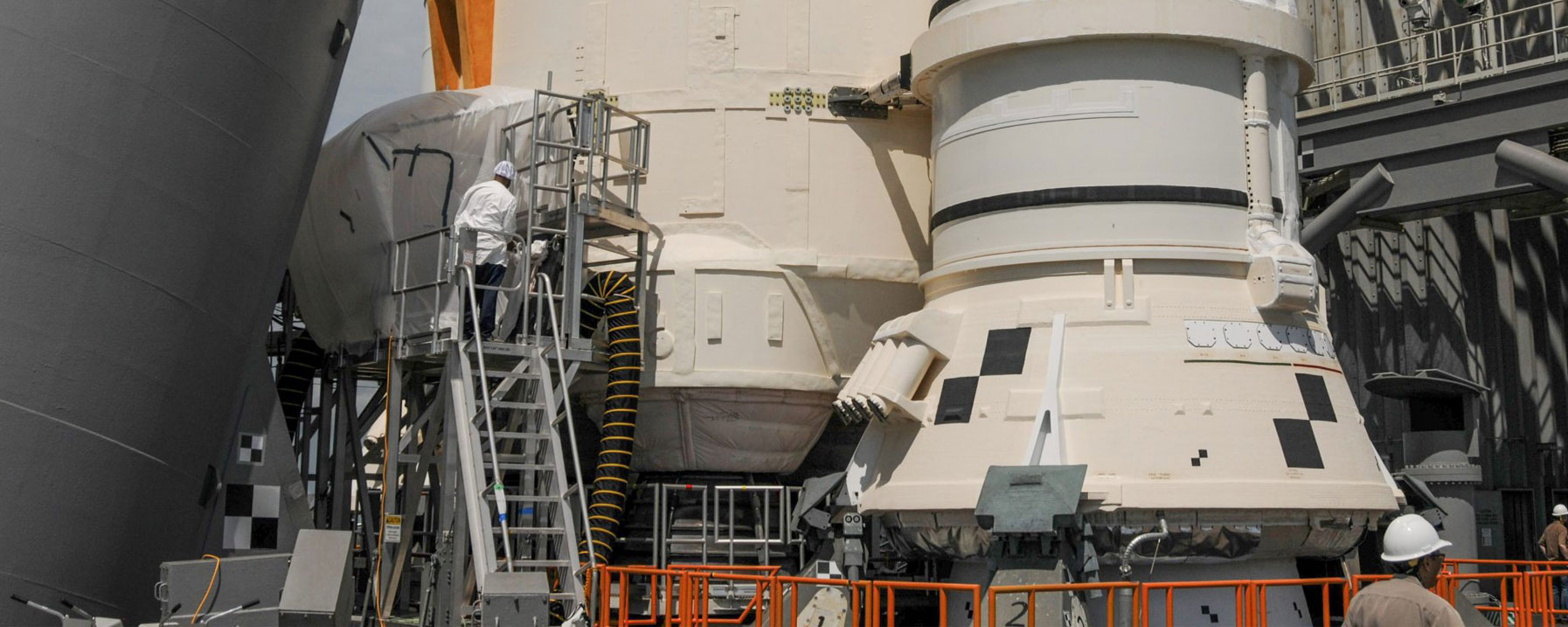
Repair Work Underway, Preparations Continue for Next Artemis I Launch Opportunity
Engineers are making progress repairing the area where a liquid hydrogen leak was detected during the Artemis I launch attempt Sept. 3, and NASA is preserving options for the next launch opportunity as early as Friday, Sept. 23.
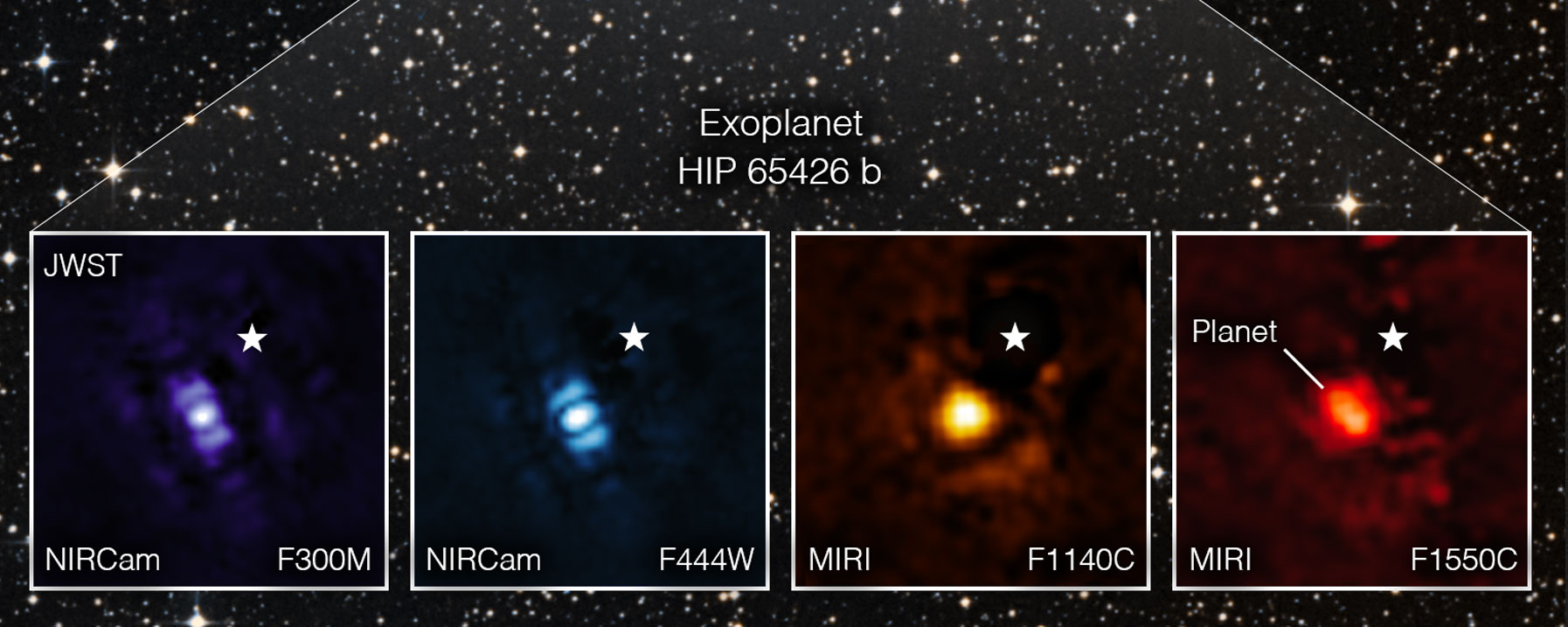
Webb Telescope Takes Its First Direct Image of Distant World
For the first time, astronomers have used NASA’s James Webb Space Telescope to take a direct image of a planet outside the solar system. The exoplanet is a gas giant, meaning it has no rocky surface and could not be habitable.
DART Sets Sights on Asteroid Target
NASA’s Double Asteroid Redirection Test (DART) spacecraft recently got its first look at Didymos, the double-asteroid system that includes its target, Dimorphos. On Sept. 26, DART will intentionally crash into Dimorphos, the asteroid moonlet of Didymos. While the asteroid poses no threat to Earth, this is the world’s first test of the kinetic impact technique, using a spacecraft to deflect an asteroid for planetary defense.
NASA’s Juno Mission Reveals Jupiter’s Complex Colors
NASA’s Juno spacecraft observed the complex colors and structure of Jupiter’s clouds as it completed its 43rd close flyby of the giant planet July 5. Citizen scientist Björn Jónsson created the two images using raw data from the JunoCam instrument aboard the spacecraft.
Space Station Weekly Science Highlights
Crew members aboard the International Space Station conducted scientific investigations that included examining changes in muscle properties in space, testing a radiation protection garment, and studying the mechanisms behind bone loss. Learn more about some of the microgravity investigations currently taking place aboard the orbiting lab.
For more information or to learn about other happenings at NASA’s Marshall Space Flight Center, visit NASA Marshall. For past issues of the ICYMI newsletter, click here.

























